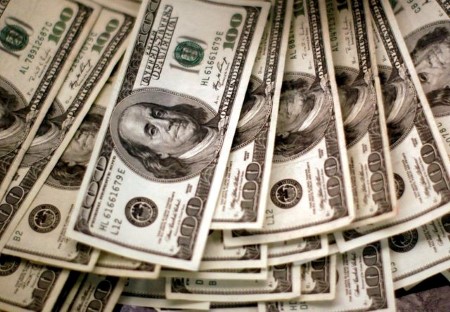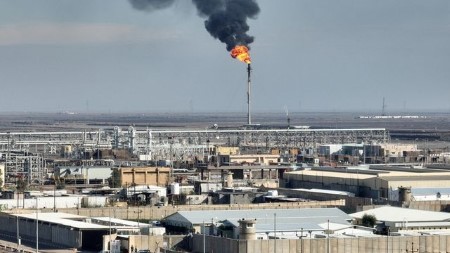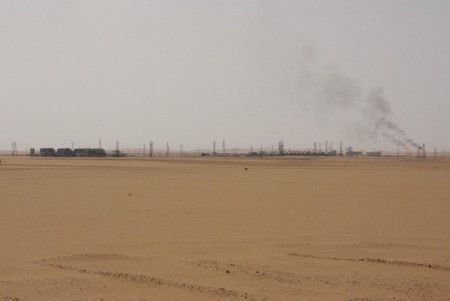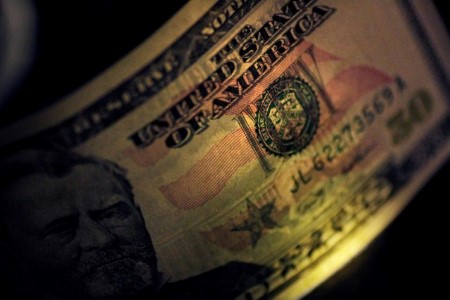Jan 4 – Asian markets must wait over the weekend to trade on US December employment data, the first globally significant economic release of 2024 that comes out after they close on Friday.
But if subdued US trade on Thursday is any indication, investors will be content to keep their powder dry Friday. Wall Street tried to steady from its two-day selloff and the Dow eked out a gain for the second time this week. But there was no obvious inclination to resume the late 2023 buying spree, while Treasuries leaned toward risk-off, though not enough to hump benchmark yields decisively back over 4.0%.
That underpinned the dollar, especially against the yen which also had a Nikkei selloff, an earthquake, and a deadly aircraft collision to reckon with on its first day back from a holiday break.
Against the yen, the greenback rose to two-week peaks, climbing for three straight days. The dollar was last up 0.9% at 144.52 yen.
It rose against the Chinese yuan to 7.1776, reaching the highest price since December 13 in US trade. The Australian dollar fell to its lowest price since December 18.
Thursday’s ADP National Employment report showed US private employers hired more workers than expected in December. Other reports showed the labor market cooling. The question for financial markets is whether Friday’s nonfarm payrolls release solidifies current futures betting on five or more rate cuts by the Fed, starting in March.
The yield on 10-year Treasury notes was up 8.8 basis points to 3.995%. Its yield, which moves in the opposite direction of prices, briefly traded above 4% Wednesday, but has not maintained that level since falling below 4% in mid-December. Yields of the benchmark 10-year are up about 15 basis points over the first three trading days of the new year.
“The market is ahead of itself and is not listening to what the Fed is saying,” said Judith Raneri, a portfolio manager at Gabelli Funds.
The yield on 10-year Treasury note was up 8.8 basis points at 3.995%. It has taken a couple halfhearted runs at clearing 4% this week but has not maintained that level since falling below it in mid-December.
What that means today for JGBs and other Asian government debt is not glaringly obvious but Japanese yields did tick higher on Thursday in a catch up with Treasuries after the extended market holiday.
In related news, Citigroup said it aimed to launch its China investment banking unit as early as the end of this year, with about 30 staff.
Here are key developments that could provide more direction to markets on Friday:
– Japan consumer confidence (December)
– US Nonfarm Payrolls and Unemployment(December)
(Reporting by Alden Bentley, additional reporting by David Randall)







 DOWNLOAD
DOWNLOAD










